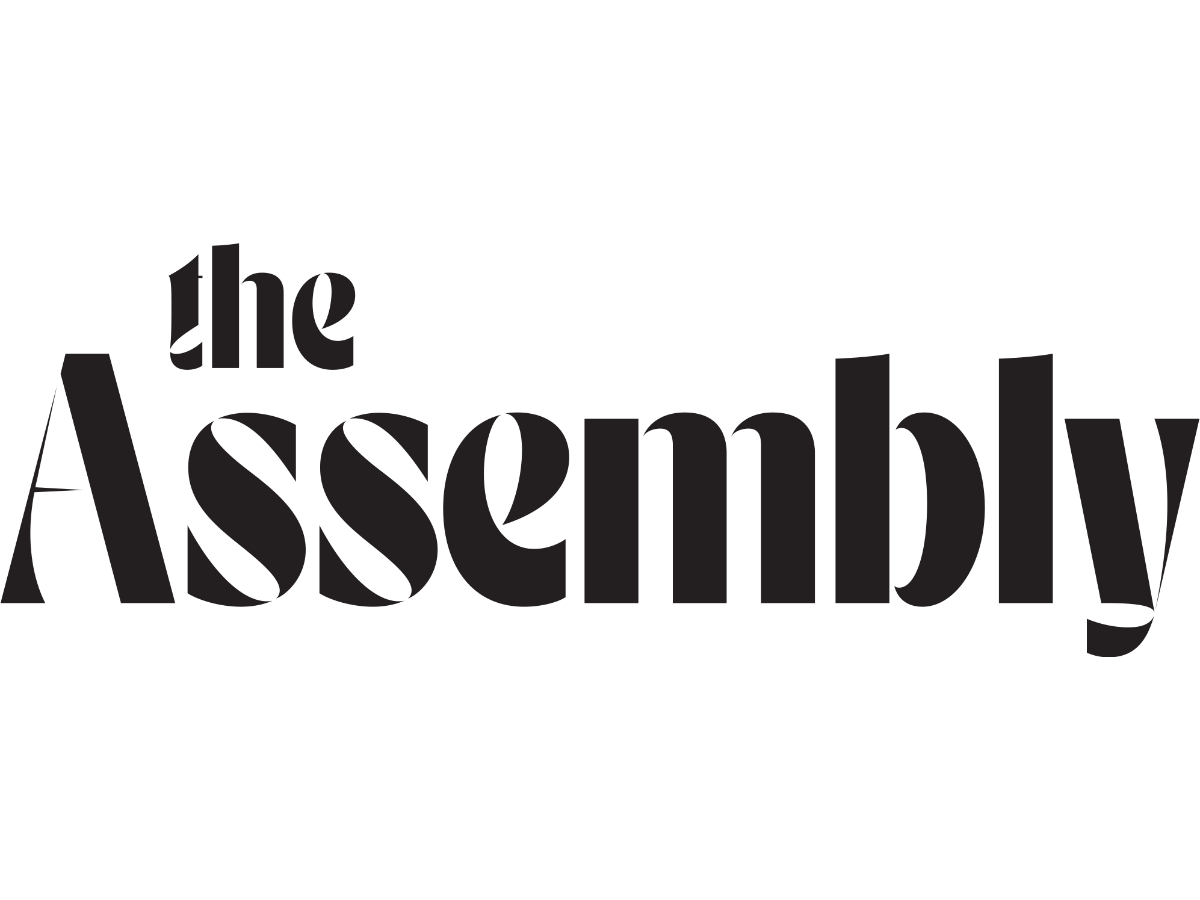At 9:30 in the morning one Saturday in September, vendors were busy setting up booths for a weekend flea market at a vast concrete expanse just off of Central Avenue in east Charlotte.
For decades, the property housed the Eastland Mall. But for the past six years, it held an open-air market, a community staple nestled among human-sized weeds and cavernous potholes. Sellers arranged displays with Fortnite T-shirts and cellphone cases, piles of coconuts and Western apparel. Mattresses leaned against a truck. Shampoo bottles and power tools were lined neatly on folding tables near a stand selling churros and chicharrones.
There were also rows and rows of soccer jerseys.
They were the thinner, cheaper kind of jersey typically sold at unofficial shops. A few bore the names of European superstars, but most came from Central America: Chivas and Club América, the giants of Mexico’s Liga MX, plus the national teams of Honduras, Panama, Guatemala, and Mexico.
Fifteen minutes away, following Independence Boulevard toward the glittering bank buildings and construction cranes of Charlotte’s skyline, is Valhalla Pub & Eatery.
The same morning, a dozen members of the Official Liverpool Supporters Club of Charlotte gathered to watch the six-time European champions kick off against Crystal Palace in the English Premier League. The men, almost all in officially licensed Liverpool jerseys, cheered and sang songs and drank pints of beer, despite the morning hour.
A tourist couple wandered in, attracted by the noise, and the bartender explained that the group came every weekend. Soccer was growing in Charlotte, the bartender continued, and next year the city’s new Major League Soccer franchise, Charlotte Football Club, would begin play.
In an interview with The Assembly six weeks later, Charlotte FC President Nick Kelly made clear that it’s an operation with big ambitions.
“Ten years from now, I’d like to rival the Panthers for attendance every year,” he said.
North Carolina’s soccer market is actually many markets—divided along lines of race, gender, and class. It’s also divided between the passion of small, devoted fan communities and the potential of the broader public.
The sport’s growth is defined by what happens when those cultures meet. Charlotte FC won’t be able to grow the way it hopes unless it can bring them together.
But doing so is complicated.
In September, the flea market at the old Eastland Mall shut down, clearing the way for a development project anchored by fields and offices for Charlotte FC’s “Elite Academy” youth program. Even as the team tries to build a community of Latino fans, the financial realities of its growth mean other parts of Charlotte’s Latino population, and their own soccer culture, are under threat.
Read the rest at The Assembly.
